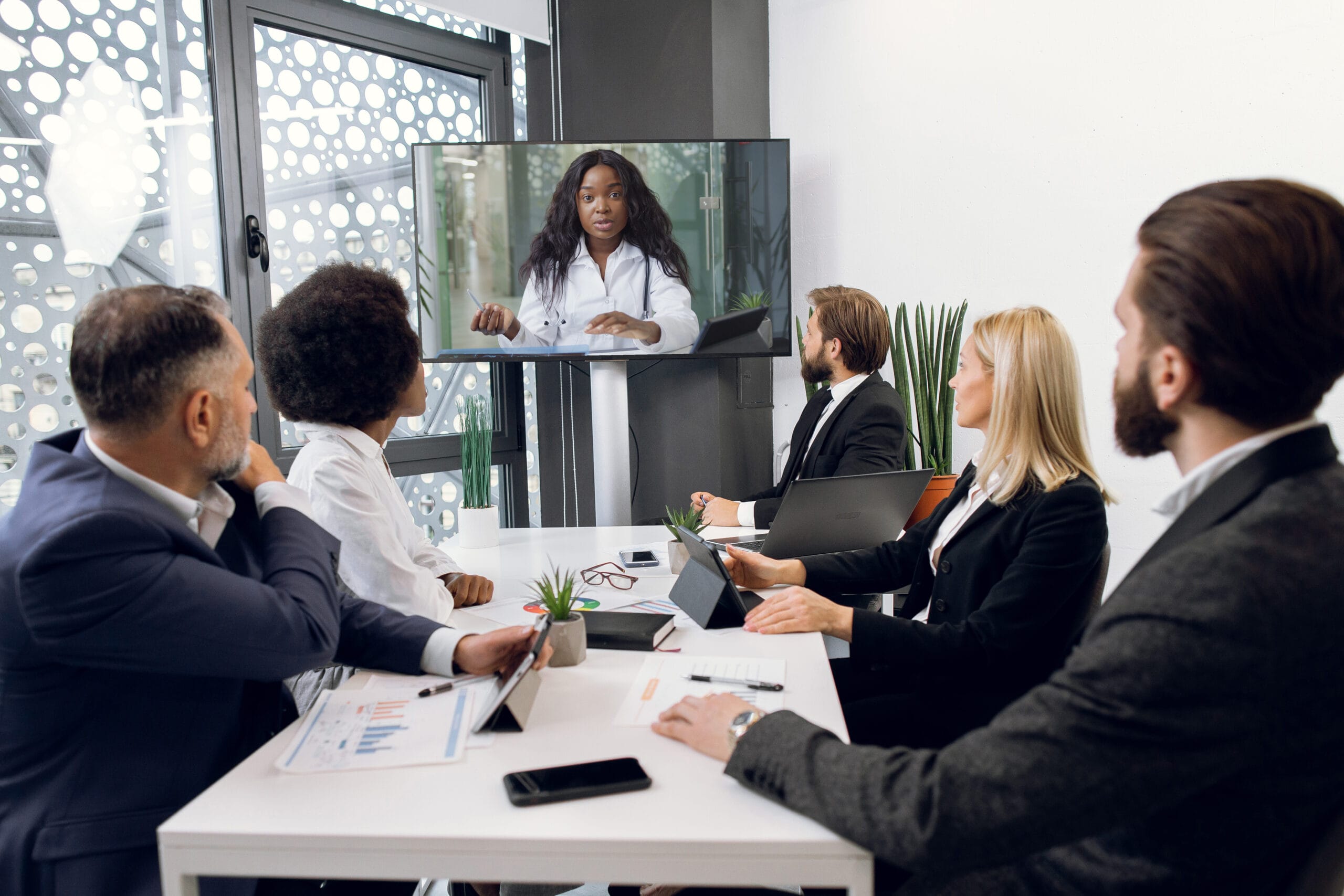The Role of Visual Aids in Creating Powerful Trial Presentations
The Role of Visual Aids in Creating Powerful Trial Presentations
Blog Article
The Power of Visuals in Trial Presentations for a Winning Debate
The assimilation of visuals in test presentations has emerged as a crucial aspect in efficiently interacting intricate disagreements to jurors. By making use of numerous forms of aesthetic help-- be it diagrams, photographs, or animations-- lawyers can boost understanding and retention, ultimately shaping the jury's perception of the instance. This approach not just makes clear elaborate stories however also develops an emotional resonance that can influence decision-making. As we discover the nuances of this strategy, it ends up being vital to consider how certain kinds of visuals can make a considerable difference in trial results. What practical strategies might lawyers employ to optimize this possibility?
Significance of Visuals in Tests
In many legal settings, visuals play an important role in enhancing the efficiency of trial discussions. The assimilation of visual elements can significantly impact jurors' understanding and retention of complex details, consequently shaping their perceptions and choices. Visuals, such as graphes, diagrams, and photos, can simplify elaborate stories, making them extra available and engaging.
Additionally, the human brain procedures visual details extra successfully than text, which underscores the relevance of incorporating visuals right into lawful arguments. By converting thick legal concepts into visual layouts, lawyers can facilitate more clear interaction, guaranteeing that essential points are not overlooked throughout tests.
Additionally, visuals offer to engage jurors on a psychological degree, fostering a connection to the situation that words alone might stop working to accomplish. The strategic use visuals can evoke empathy, prompting jurors to take into consideration the human aspects of the situation.
Ultimately, the importance of visuals in trials hinges on their ability to improve quality, boost juror interaction, and enhance the story existing. This powerful mix is crucial for crafting influential arguments that resonate with jurors and influence the outcome of lawful proceedings.
Types of Visuals to Utilize
Effective trial discussions can significantly profit from a range of visual devices that cater to different elements of the instance. trial presentations. Making use of layouts and graphes can successfully damage down complicated details, making it a lot more digestible for jurors. As an example, flowcharts can highlight the series of events, while bar chart might succinctly compare pertinent information factors.

Animations and simulations can additionally play a crucial duty, specifically in instances including technological data or intricate circumstances. These visuals can dynamically represent processes or actions, supplying clearness and interaction that fixed pictures may not accomplish.
Moreover, infographics incorporate message and visuals to summarize crucial details successfully. They can offer timelines, statistics, and significant situation factors in a visually enticing way, making it simpler for jurors to comply with the argument.
Enhancing Understanding and Retention

Enhancing comprehension and retention during trial presentations is essential for guaranteeing that jurors understand the crucial components of a situation. Visual aids function as powerful tools hereof, equating complicated info into easily absorbable formats. he has a good point By using graphes, layouts, and infographics, attorneys can streamline elaborate information and emphasize vital points that might otherwise be ignored.
Research studies have shown that individuals maintain information significantly much better when it exists visually. This is especially relevant in a test setting, where jurors might be bewildered by the volume of evidence and testament. By purposefully incorporating visuals, attorneys can guide jurors' attention to one of the most critical facets of the situation, reinforcing their understanding and memory of the material provided.

Creating Involving Discussions
Captivating jurors' focus throughout trial discussions is important for communicating an engaging story. Involving discussions leverage visual components to develop a memorable experience that resonates with jurors. The calculated use of graphics, animations, and video clips can clarify complex info, making it much more obtainable and relatable.

Furthermore, including narration methods can enhance engagement. Providing proof in a sensible sequence that builds sob story allows jurors to link with the material on a personal degree. Numerous discussion formats, such as incorporating short video or interactive components, can additionally endure rate of interest and interest throughout the trial.
Eventually, an appealing discussion cultivates an extra extensive understanding of the situation, allowing jurors to much better appreciate the arguments existing and leading to an extra favorable outcome.
Case Studies and Success Stories
Various study highlight the substantial effect of visuals in trial presentations, demonstrating their ability to affect juror perceptions and ultimately the end results of cases. As an example, a notable case entailing a personal injury insurance claim illustrated just how making use of a 3D computer animation of the crash scene made clear complex details. Jurors reported really feeling more informed and compassionate, substantially swaying their decision in favor of the complainant.
In an additional circumstances, a business litigation instance made use of infographics to present financial information and timelines, making detailed info accessible. The graph allowed jurors to grasp the subtleties of the case a lot more efficiently than spoken explanations alone. trial presentations. Therefore, the court returned a decision that went beyond the client's assumptions
Additionally, a criminal defense situation utilized pictures and video evidence to develop an alibi. The engaging visuals not only assisted in creating question but also resonated mentally with jurors, causing an acquittal. These success tales underscore the necessity of incorporating visuals into trial discussions, as they enhance understanding, retention, and eventually, the persuasive power of legal arguments. The tactical use visuals is indisputably transforming the landscape of trial campaigning for.
Conclusion
In verdict, the tactical consolidation of visuals in test discussions substantially enhances jurors' understanding and retention of intricate details. Engaging discussions, sustained by compelling situation researches, show the profound impact that visuals can have on influential communication.
Report this page